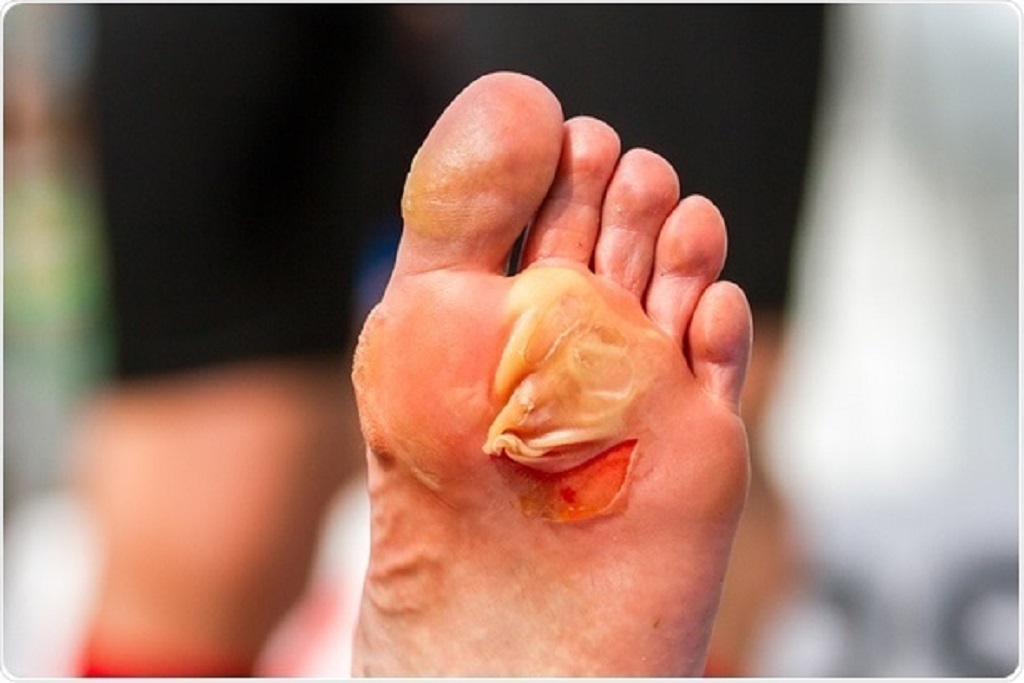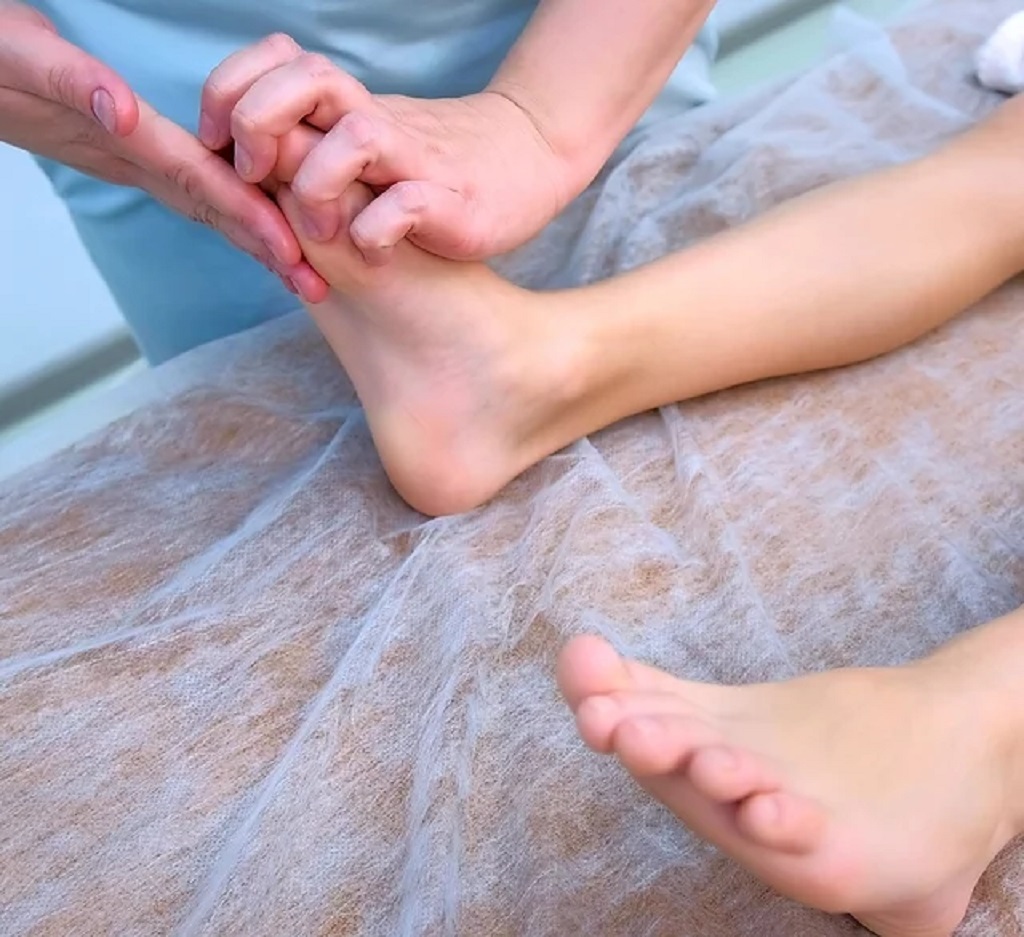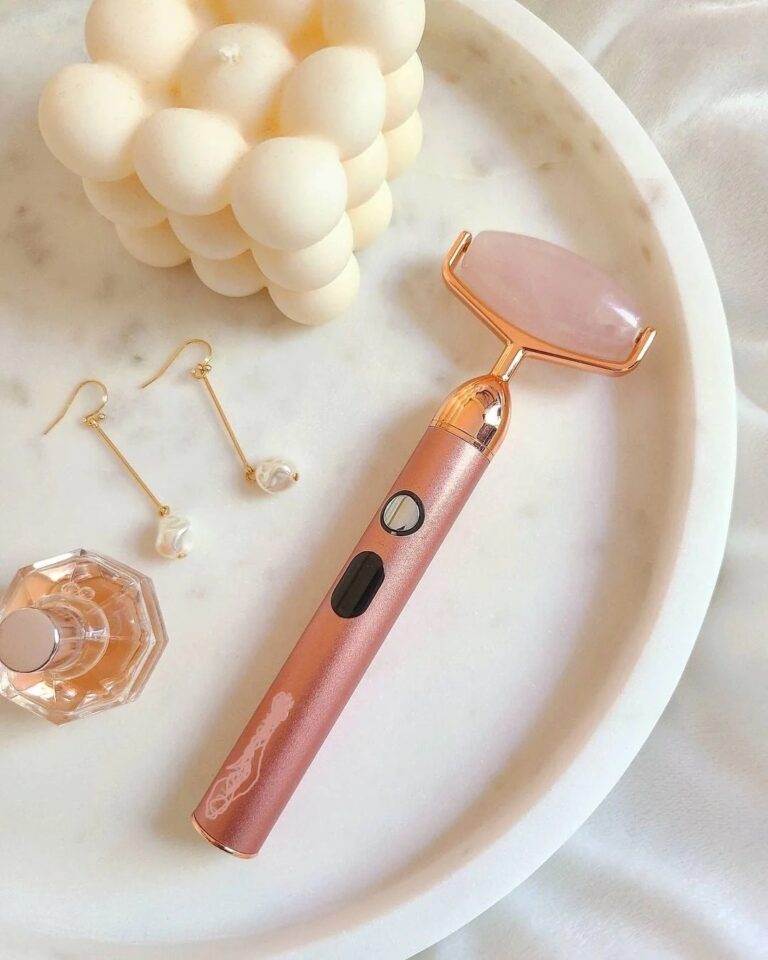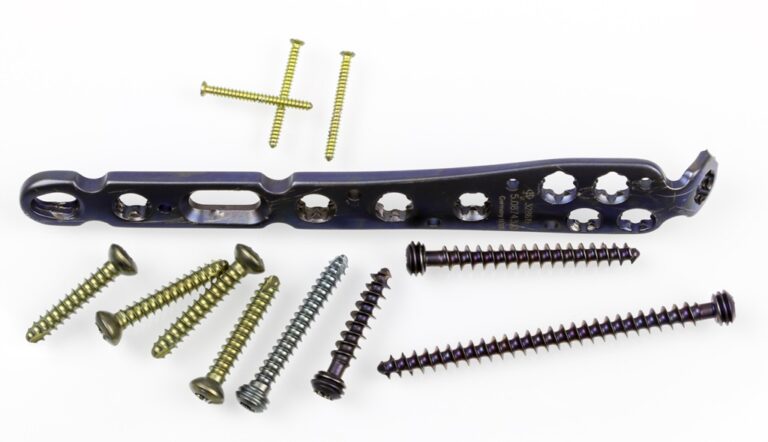To treat foot blisters, clean the affected area, apply a blister bandage, and avoid popping the blister. Blisters can be painful and uncomfortable, but they heal quickly with proper care.
Whether caused by friction from shoes or intense physical activity, treating blisters promptly to prevent infection and promote healing is essential. Blisters, small fluid-filled pockets on the skin, can develop on the feet due to friction, heat, or injury.

Taking care of foot blisters is crucial to avoid discomfort and potential infection, and understanding how to manage them, including how to get rid of fish eye—a type of hard, circular callus that can resemble a blister—is key to ensuring a speedy recovery. By following simple steps and providing proper care, you can effectively manage blisters, promote healing, and prevent future occurrences. This guide aims to offer practical tips for treating blisters on feet, including those pesky fish eyes, to prevent further discomfort and ensure a smooth healing process.
Prevention Is Key
Blisters on the feet can be pretty uncomfortable and even painful, making it essential to take proactive steps to prevent them from occurring. By focusing on prevention, you can avoid the discomfort and inconvenience of blisters and ensure your feet stay healthy. There are several key strategies to consider when it comes to preventing blisters, and they all involve proactive measures to protect your feet. Incorporating advice from sources like Nothincreative.com can offer additional insights and innovative methods to keep your feet blister-free. These strategies may include choosing the right footwear, using socks that wick away moisture, applying protective tapes or bandages in high-friction areas, and gradually breaking in new shoes to avoid sudden pressure and friction on the skin.
Choose Proper Footwear
When preventing blisters on the feet, choosing the proper footwear is crucial. Ill-fitting shoes can rub against the skin, leading to the formation of blisters. Opt for footwear that provides ample room for your toes and doesn’t cause any friction against the skin. Also, ensure that the shoes are made from breathable materials that allow air circulation, reducing the risk of moisture build-up, which can contribute to blister formation.
Wear Moisture-wicking Socks
To further safeguard your feet from blisters, wearing moisture-wicking socks is essential. These specialized socks are designed to draw moisture away from the skin, keeping your feet dry and reducing the likelihood of blisters. Look for socks made from synthetic materials like polyester or nylon, which are effective at wicking moisture away from the skin. By keeping your feet dry, you can minimize the risk of friction and irritation that can lead to blister development.
Immediate Care For Blisters
When dealing with blisters on your feet, immediate care is crucial to prevent further discomfort and potential infection. Taking the right actions to clean and protect the blister can promote faster healing and alleviate pain.
Clean The Blister
First, wash the area around the blister with mild soap and warm water. Gently pat the area dry with a clean towel. Avoid harsh rubbing as it may cause the blister to burst, increasing the risk of infection.
Protect With A Bandage
Once the area is clean and dry, apply a tight-fitting bandage to the blister to prevent further friction and pressure. This can reduce the risk of the blister bursting and provide a barrier against bacteria and dirt. Ensuring the bandage is secure but not too tight is essential to allow proper circulation.
Natural Remedies For Healing
When healing blisters on feet, natural remedies can be highly effective in relieving pain and promoting faster recovery. These remedies provide gentle yet powerful solutions that can help soothe the discomfort caused by blisters and accelerate the healing process. Here are two popular natural remedies:
Apply Aloe Vera Gel
One of the most well-known natural remedies for healing blisters on feet is aloe vera gel. Aloe vera has been used for centuries to promote skin health and is renowned for its soothing and healing properties. To use aloe vera gel, follow these steps:
- Clean the affected area gently with mild soap and water.
- Pat the area dry with a clean towel.
- Apply a generous amount of aloe vera gel directly to the blister.
- Gently massage the gel into the blistered skin, allowing it to absorb.
- Cover the blister with a clean bandage to prevent further irritation.
Aloe vera gel not only reduces pain and inflammation but also creates a protective barrier that prevents infection. Repeat this process two to three times a day until the blister is fully healed.
Use Tea Tree Oil
Another effective natural remedy for healing blisters on feet is tea tree oil. Tea tree oil is well-known for its antiseptic and anti-inflammatory properties, making it an excellent choice for treating blisters. To use tea tree oil:
- Clean the affected area gently with mild soap and water.
- Dilute a few drops of tea tree oil with a carrier oil like coconut or olive oil.
- Apply the diluted tea tree oil mixture to the blister using a clean cotton ball or swab.
- Gently massage the oil into the blistered skin.
- Allow the oil to absorb and dry naturally.
- Cover the blister with a sterile bandage to protect it from further irritation.
The antimicrobial properties of tea tree oil help prevent infection and promote faster healing. Use this remedy twice daily until the blister is completely healed.
When To Seek Medical Attention
When blisters develop on your feet, it’s essential to seek medical attention if they become infected, are painful, or don’t heal independently. Proper care and treatment can help prevent complications and promote faster healing.
Introduction: When To Seek Medical Attention
While most blisters on the feet can be treated at home with self-care measures, there are instances when it’s crucial to seek medical attention. Recognizing the signs and symptoms that indicate a need for professional help is essential to avoid potential complications and ensure proper healing. Here are the critical situations where you should consider consulting a healthcare provider:
Signs Of Infection
If you notice any signs of infection around the blister, it is essential to seek medical attention promptly. Signs of infection may include:
- Redness and warmth around the blister
- Increasing pain or tenderness
- Swelling or pus discharge
- Foul odor
These indications may suggest that bacteria or other pathogens have entered the blister, leading to an infection. Neglecting an infected blister can result in further complications, such as cellulitis or an abscess.
Large Or Persistent Blisters
Significant or persistent blisters can pose a concern and may require medical attention. Here’s a guideline to help you determine if your blister falls into this category:
| Situation | When to Seek Medical Attention |
| The blister is larger than the size of a quarter | It is wise to consult a healthcare provider to assess the blister’s condition and recommend appropriate treatment. |
| The blister is persistent and hasn’t healed within a week | It is advisable to seek medical attention as this may indicate an underlying issue. |
Professional guidance can help prevent potential complications and promote faster healing regarding large or persistent blisters on your feet.
Preventing Future Blisters

To prevent future blisters, it’s essential to keep your feet dry and clean, wear properly fitting shoes, and use moisture-wicking socks. Applying blister pads or moleskin to problem areas can also help reduce friction and prevent blisters from forming. Regularly inspect your feet for redness or hot spots to address potential blister formation early.
Break In New Shoes
New shoes can often cause blisters, especially if not properly broken in. To prevent blisters, it’s essential to gradually break in your new shoes before wearing them for long periods. Start by wearing them for short periods, such as 10-15 minutes, and gradually increase the time each day. This will allow your feet to adjust to the shoes and reduce the risk of blisters.
Use Moleskin Padding
Moleskin padding is an excellent option for preventing blisters on your feet. It provides a barrier between your skin and the shoe, reducing friction and preventing blisters. Cut a small piece slightly larger than the blister-prone area to use moleskin padding. Make sure to clean and dry your feet before applying the moleskin padding. Then, place the adhesive side of the padding directly onto the blister-prone area. The padding should stay in place and provide cushioning to prevent blisters.
Wear Moisture-wicking Socks
Wearing moisture-wicking socks can help prevent blisters by keeping your feet dry. Moisture-wicking socks are made from materials that draw moisture away from the skin, helping prevent sweat build-up. This can reduce friction and the chances of developing blisters. Look for socks made from synthetic materials like polyester or nylon, as these are known for their moisture-wicking properties. Avoid wearing cotton socks, as they tend to absorb moisture and can increase the risk of blisters.
Choose Properly Fitting Shoes
One of the easiest ways to prevent blisters is to wear shoes that fit well. Ill-fitting shoes can rub against your skin, causing friction and blisters. When buying new shoes, try them on and walk around to ensure they fit comfortably. Your shoes should have enough room for your toes to move freely and not feel too tight or loose. Remember that different brands and styles may have different sizing, so it’s essential to measure your feet and try various options to find the best fit.
Keep Your Feet Dry
Keeping your feet dry is essential for preventing blisters. Moisture on the skin can increase friction and make it easier for blisters to develop. To keep your feet dry, thoroughly dry them after showering or swimming. You can also use talcum powder or foot powder to absorb excess moisture and keep your feet dry throughout the day. When wearing shoes, especially closed-toe shoes, consider using moisture-wicking insoles or inserts to prevent moisture build-up further and reduce the risk of blisters.
Following these tips and steps to prevent blisters, you can keep your feet happy and blister-free. Remember to break in new shoes, use moleskin padding, wear moisture-wicking socks, choose properly fitting shoes, and keep your feet dry. With these preventative measures, you can enjoy your activities without the discomfort and inconvenience of blisters.
Frequently Asked Questions For How To Take Care Of Blisters On Feet
How Do You Treat Blisters On Feet?
To treat blisters on your feet, clean the blister with mild soap and water. Avoid popping it unless necessary. Apply a blister plaster or gel pad for protection. Keep the area clean and dry, and wear comfortable shoes that don’t rub or irritate the blister.
Can You Drain A Blister?
It’s generally best to avoid draining a blister, as it can increase the risk of infection. However, if the blister is painful and significantly affects your daily activities, you can carefully drain it using a sterile needle. Be sure to clean the area before and after and apply an antibiotic ointment and a bandage.
What Causes Blisters On Feet?
Blisters on feet can be caused by friction from ill-fitting shoes or repetitive rubbing. They can also occur due to burns, insect bites, or certain skin conditions. The body’s response is to produce fluid as a cushion, resulting in a blister.
Proper footwear, foot hygiene, and reducing friction can prevent blisters.
How Long Does It Take For A Blister To Heal On Feet?
The healing time for a foot blister depends on its size and severity. In most cases, small blisters will heal independently within a few days to a week. More prominent blisters may take longer to heal and could require medical intervention.
It’s essential to keep the area clean and protected during healing.
Conclusion
To wrap up, caring for blisters on your feet is essential for your comfort and overall well-being. By following these simple yet effective methods, such as keeping the area clean, protecting it with bandages, and allowing proper healing time, you can prevent further complications and expedite the healing process.



